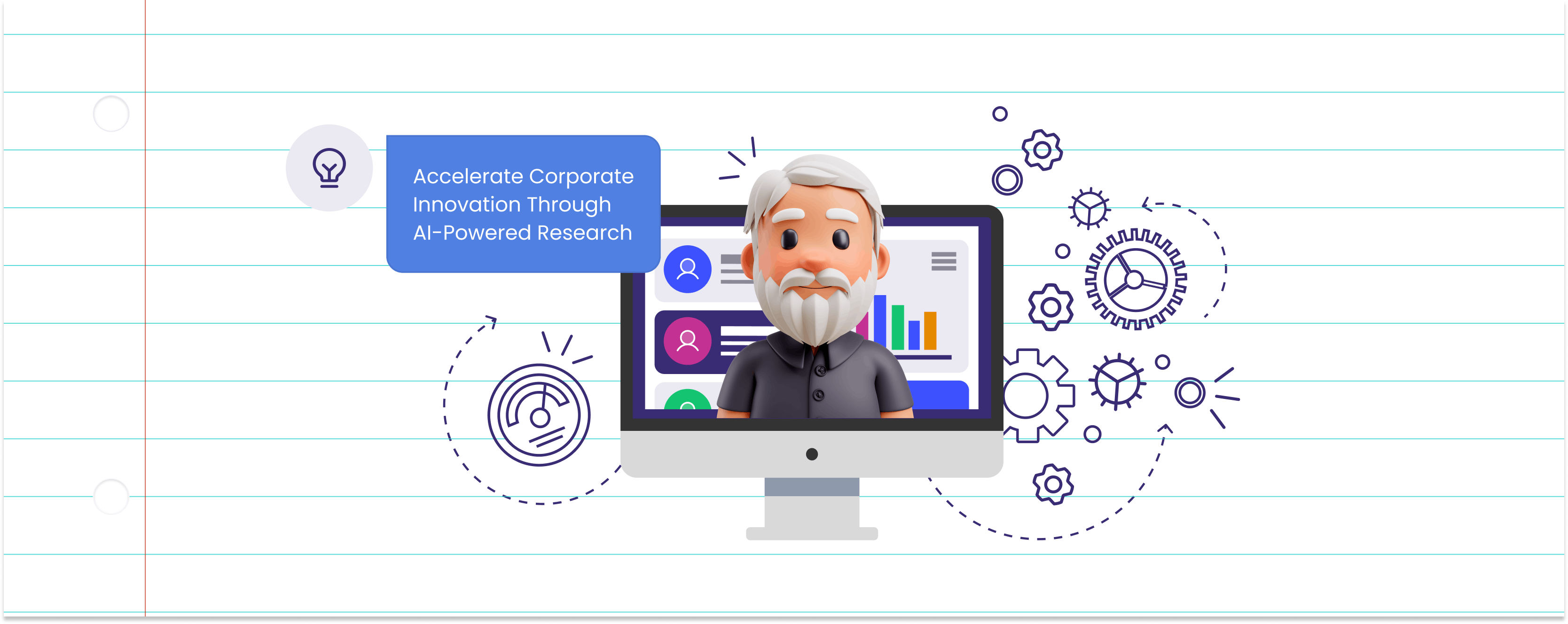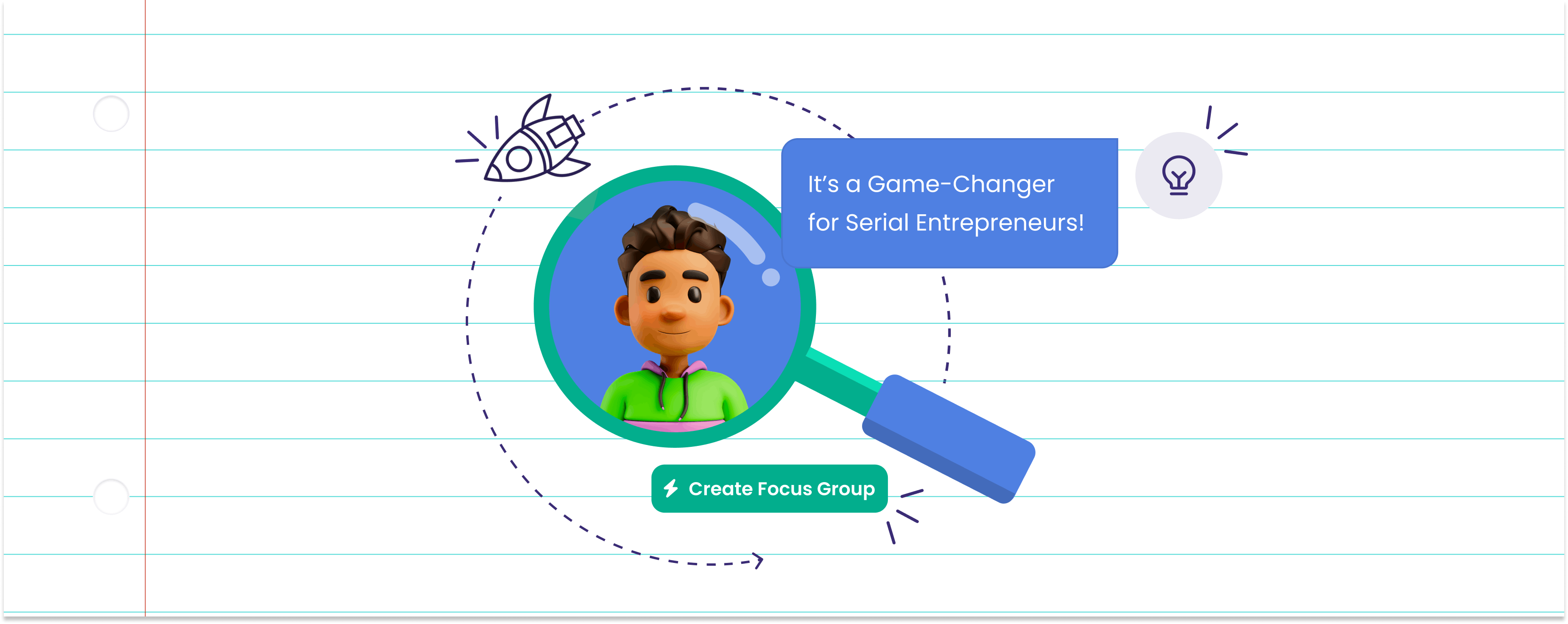
Quantitative vs. Qualitative Market Research: A Guide for Marketers
For marketers, understanding customer needs, motivations, and behaviours is essential. Market research should be every good marketers first step. It's typically broken down into two main types: quantitative and qualitative research. Both are valuable and needed, but they serve different purposes and will yield different types of insights.
Quantitative Research: The Numbers Behind the Insights
Quantitative research is all about numbers and data. This type of research is usually conducted through surveys, questionnaires, and online polls, generating large amounts of numerical data that provide a broad overview of customer behaviour. For example, a quantitative study might reveal that 60% of customers use a product daily or that a particular feature of a product is most popular among a specific age group.
Benefits
Quantitative data is highly useful for measuring the prevalence of certain behaviours or opinions within a target audience. Because it’s statistically significant, it helps marketers make generalisations about larger populations, allowing them to track trends over time and assess the potential impact of various marketing strategies. The results are typically easy to analyse, present, and track, especially when using visualisation tools.
Limitations
Quantitative research, however, falls short when it comes to exploring why customers behave in a certain way. It tells us “what” and “how much” but doesn’t reveal underlying motivations or feelings, which are often crucial for shaping messaging and refining products.

Qualitative Research: The Why Behind the Numbers
While quantitative research provides a broad overview, qualitative research digs deeper. Qualitative methods like focus groups, user interviews, and ethnographic studies explore customer attitudes, emotions, and motivations. This research goes beyond statistics, capturing the nuances of consumer behaviour and the factors driving their decisions. Through open-ended questions and discussions, marketers gain insights that help explain why certain trends exist.
Benefits
Qualitative research is essential for understanding customer perceptions, needs, and preferences in a way that numbers alone cannot capture. It’s particularly useful during product development, brand positioning, and refining marketing messages, as it uncovers the language customers use and the emotions they associate with products. By understanding the "why" behind customer actions, marketers can craft campaigns that truly resonate.
Limitations
The primary limitation of qualitative research is its smaller sample size. Because it’s typically more time-consuming and expensive, qualitative research often involves fewer participants, which means findings may not represent the entire customer base. However, the depth and richness of the insights often make it worthwhile, especially when combined with quantitative data for a comprehensive view.
Virtual vs. Real-Life Focus Groups
Focus groups are a popular qualitative research method. Traditionally, these are conducted in person, where participants share their thoughts in a comfortable, controlled environment, fostering trust and encouraging open discussions. In-person focus groups allow for real-time observation of body language and group dynamics, which can offer additional insights.
With virtual focus groups, marketers can still capture valuable feedback while enjoying greater flexibility. They reduce costs, eliminate travel requirements, and enable participants from diverse locations to join. This broader reach allows marketers to access varied perspectives, making it easier to obtain representative feedback. Additionally, some participants may feel more comfortable and candid online, resulting in more honest responses.
The Role of User Interviews
User interviews are another powerful tool for qualitative research, particularly useful for gathering individual feedback on specific topics like product features, pain points, and overall user experience. Unlike focus groups, which capture group dynamics, user interviews provide one-on-one time for a deep dive into each participant’s perspective, making it possible to understand unique needs and concerns.
In user interviews, marketers can probe for detailed feedback, encouraging participants to elaborate on their opinions and experiences. This approach helps reveal deeper insights and gives marketers a chance to explore specific areas of interest, resulting in a more comprehensive understanding of each user’s journey.
Bringing It All Together
Quantitative research provides the “what,” and qualitative research gives the “why.” By combining these two approaches, marketers can build a robust strategy that is informed both by broad statistical data and rich, personal insights. Together, these methods create a 360-degree view of the customer, supporting better decision-making, more effective marketing campaigns, and ultimately, a stronger brand connection with the audience.



